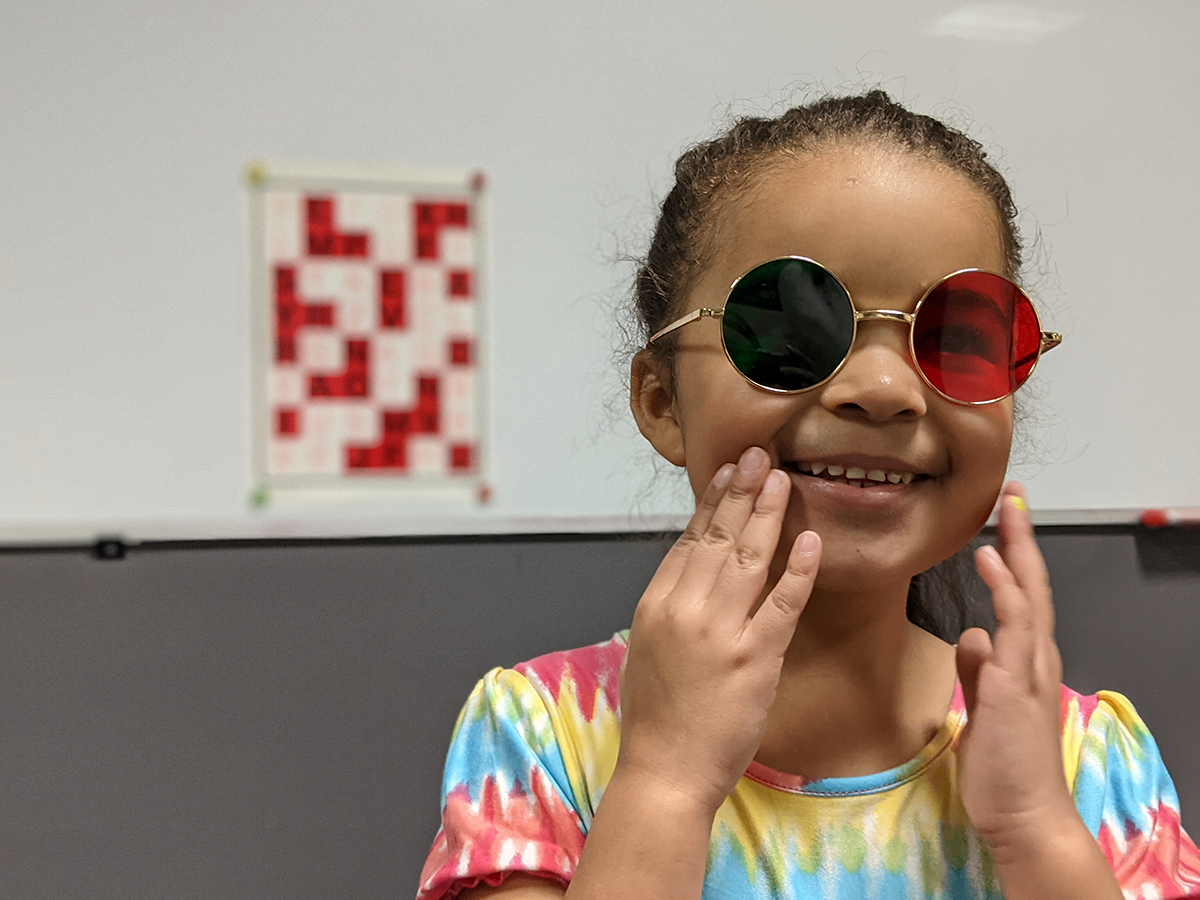Peg Arc
Purpose: To develop peripheral awareness with physiological diplopia and to develop eye fixation control (near area)
Apparatus: Peg Arc (provided), pegs, balance board, metronome
Method:
Phase I
1. Subject stands with good posture. Assistant places peg arc up to the patient’s nose with the bar going straight out from the nose.
2. Place various colored pegs in holes marked on peg arc (see Figure A).
3. On command, subject is to fixate on the color named. Hold steady fixation on this peg until the next color is called.
4. Commands should be given in rhythm and out of rhythm, fast and slow.
5. HEAD MUST REMAIN FIXED
Phase II
1. With two pegs placed on center bar in positions shown (see Figure B), subject fixates on far peg and should be aware of seeing two of the near peg.
2. He is to reverse the fixation. Become aware of two of the far peg.
3. Ask patient to change fixation from one peg to the other in time with a metronome.
Phase III
1. Starting with two pegs in center of arc (see Figure C) and holding arc with left hand, subject jumps pegs over each other (as in “leap frog”) going toward patient’s right.
2. Continue until patient can no longer see holes.
3. Repeat using left hand jumping pegs from right to left.
4. Take care that the peg arc remains in the original position with the bar going straight out from the nose.
5. Subject is to maintain awareness of rest of room.
6. Repeat all of the above procedures on the balance board.
Aspects to be Emphasized:
1. Ability to respond to command without anticipating.
2. Ability to see double image clearly.
3. Ability to keep beat.
4. Ability to maintain balance on balance board.
5. Awareness of rest of room.





